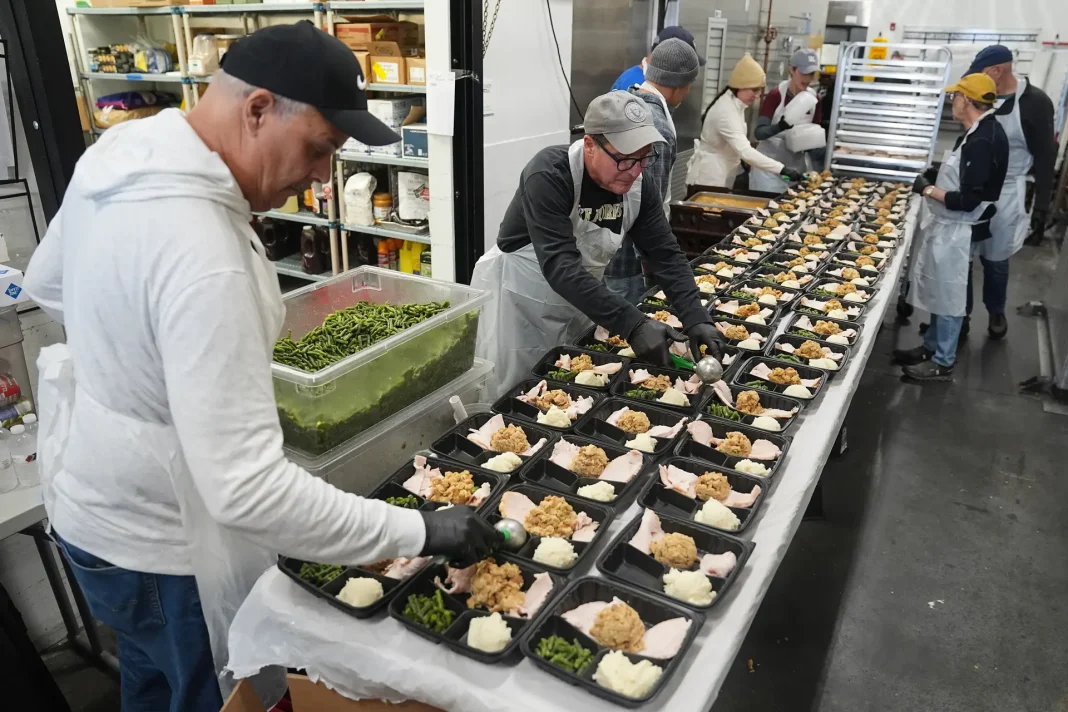Key Takeaways
- US Supreme Court extends block on full SNAP payments until November 13
- House to vote on government reopening plan with full-year agency funding
- 42 million Americans rely on food stamps, with 27 million awaiting November payments
- Justice Ketanji Brown Jackson dissents from court’s decision to maintain payment pause
The US Supreme Court has extended its block on full Supplemental Nutrition Assistance Program (SNAP) payments, giving Congress more time to resolve the government shutdown standoff. The stay remains effective until November 13, delaying food benefit payments for millions of low-income Americans.
Legal Battle Over SNAP Funding
In Tuesday’s order, the justices maintained a temporary halt on a lower court ruling that required the Trump administration to release full food benefit payments. The Supreme Court has not examined the legal arguments from either side, effectively putting the funding dispute on hold.
The case reached the Supreme Court after Justice Ketanji Brown Jackson, who handles emergency requests from the 1st US Circuit Court of Appeals, initially paused a district court deadline while appeals judges reviewed the case. Despite being one of the court’s liberal justices and the program having Democratic support, Jackson approved the administration’s emergency request.
In the latest development, Jackson stated she disagreed with the court’s decision to maintain the pause on full SNAP funding.
Congressional Negotiations Intensify
Lawmakers are racing against time to reach a broader agreement to end the shutdown. The House of Representatives is expected to vote Wednesday on a plan to reopen the government through January 30.
The proposal includes full-year funding for several federal agencies and services, covering food assistance and benefits for veterans. This comes as the Department of Justice warned the Supreme Court that judicial intervention could complicate shutdown negotiations.
Government’s Legal Position
Government lawyers argued that lower courts introduced a “massively inappropriate new variable” that disrupted SNAP operations. Solicitor General John Sauer wrote: “Congress appears to be on the brink of breaking the deadlock, though that outcome is unsure.”
He further warned that “the district court’s unlawful orders risk upsetting that compromise and throwing into doubt how innumerable critical federal programs will be funded.”
Origins of the Legal Dispute
The legal fight began when US District Judge John McConnell in Rhode Island ordered the administration to use contingency SNAP funds and other available money to ensure full November payments reached states by November 7. The appeals court sided with McConnell, ruling that the danger of leaving tens of millions of Americans without adequate food support outweighed the administration’s objections to using alternative funds.
Impact on SNAP Recipients
Groups opposing the Trump administration argue that SNAP recipients have “now gone ten days without the help they need to afford food,” warning that millions of Americans, including children, are already going hungry.
Approximately 42 million people across the country rely on food stamps, distributed in phases throughout the month. According to Code for America, about 27 million should have received their November payments by Monday. US households typically receive about $350 monthly for food purchases, though many families exhaust these funds quickly.




